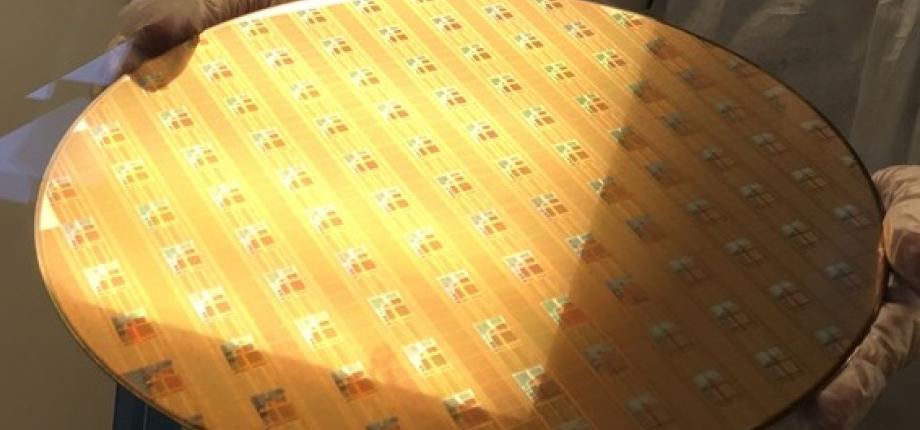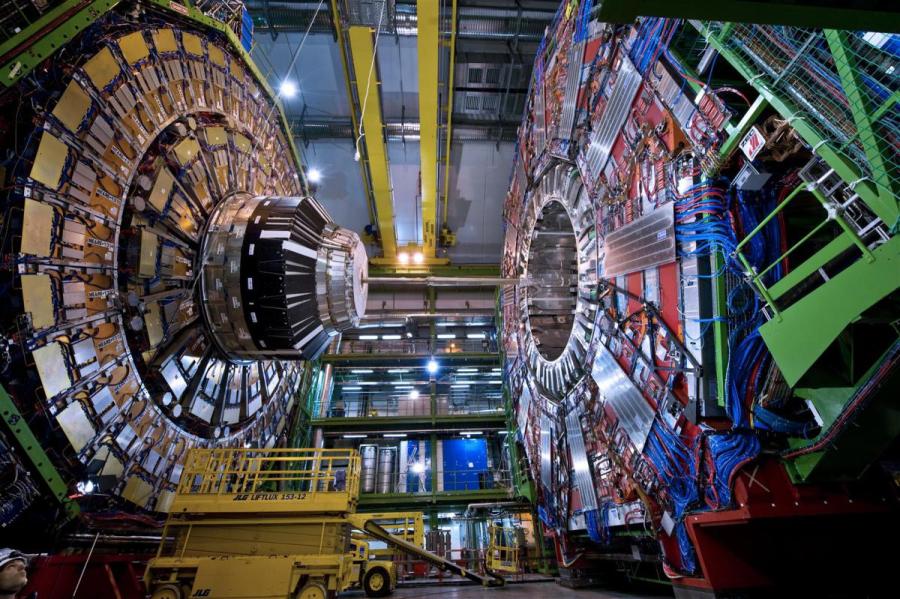CMS

CMS HGCAL
In the CMS collaboration, many upgrade programs are planned to adapt the detector to the High Brightness LHC. The High Granularity Calorimeter (HGCAL) has been chosen to replace the "plug" parts of the calorimeter (detector measuring particle energy in the longitudinal directions). Two main challenges must be overcome, especially in these directions: a larger radiative environment and a larger number of events per collision. The HGCAL will be a sampling calorimeter designed with 1cm² or 0.5cm² silicon surface sensors. This new type of detector will provide a measurement in "five dimensions": position, charge and time.
OMEGA is responsible for the realization of the reading circuit of these sensors. It will have to be able to read the charge over a dynamic range of up to 10 pC (pico Coulomb) with a noise floor of less than 0.32 fC (femto Coulomb) (16 bit equivalent). But also, this circuit will have to provide a measurement of the time of the passage of the particle to an accuracy of 50 ps (picoseconds). Perhaps the main difficulty of such a circuit will be to be able to combine in a single object a very accurate measurement of charge and time - which implies ultra low noise inputs and fast and accurate analog-to-digital conversion circuits - with a large event rate, implying high frequency outputs (1.28 GHz).



